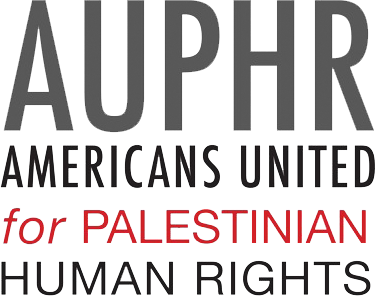- Details
- Written by Amira Hass Amira Hass
- Published: 23 December 2016 23 December 2016
In interview with Haaretz, bank's local specialist warns that without more water from Israel, Gaza will continue to move toward being uninhabitable by 2020.
Irreversible damage has already been done to parts of the Coastal Aquifer in the Gaza Strip as a result of overpumping and seawater seepage, according to a senior water-sanitation specialist at the World Bank.
The financial institution is one of many local and international organizations that have been warning against, and trying to prevent, such an occurrence over the past 20 years.
“Ecologically speaking, the damage to the aquifer is getting worse, and studies have been showing a steady increase in water salinity,” said Adnan Ghosheh. This brings the Gaza Strip closer to the situation the United Nations predicted in 2014: that it will be unfit for human habitation by 2020.
As a way of expressing once again the urgency needed to rectify the situation, the World Bank issued a press release earlier this month, following which Haaretz interviewed Ghosheh.
Most of the information in the press release is not new. It notes that while 90 percent of the inhabitants of the West Bank and 85 percent of the inhabitants of the Middle East and North Africa have access to a faucet for drinking water, only 10 percent of the 2 million or so inhabitants of Gaza can safely drink the water piped into their homes. The other 90 percent do not even associate drinking water with the simple act of turning on a tap: Their water is too saline because of seawater seepage, and too dangerous because of raw sewage or gray-water seeping into the aquifer.
